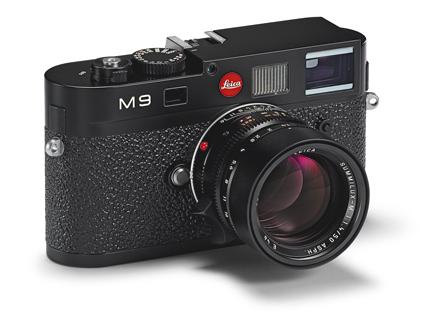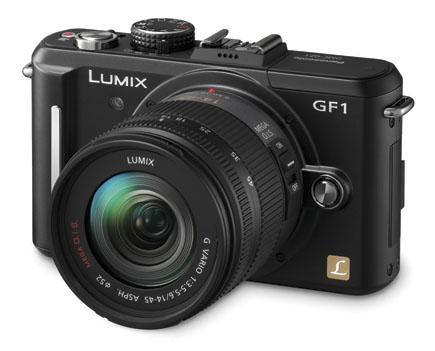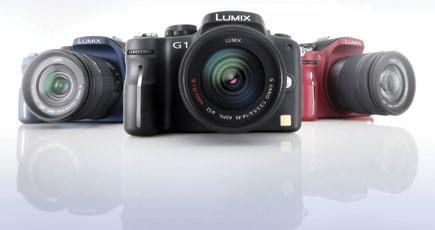|
Aug 02, 2011 |
|
Jul 15, 2011 |
|
Dec 01, 2010 |
|
Oct 01, 2010 |
|
May 01, 2010 |
|
Feb 01, 2010 |
|
Jan 01, 2010 |
|
Jan 01, 2010 |
Compact Camera NewsCompact Camera ReviewsDSLR NewsDSLR ReviewsFilm Photography NewsLens NewsLens ReviewsMedium Format Camera NewsMedium Format Camera ReviewsMirrorless Camera NewsMirrorless Camera ReviewsNewsPhoto Paper NewsPhoto Paper ReviewsPrinter NewsPrinter ReviewsVideo Camera NewsVideo Camera Reviews
|
Apr 01, 2009 |
|
Apr 01, 2007 |















